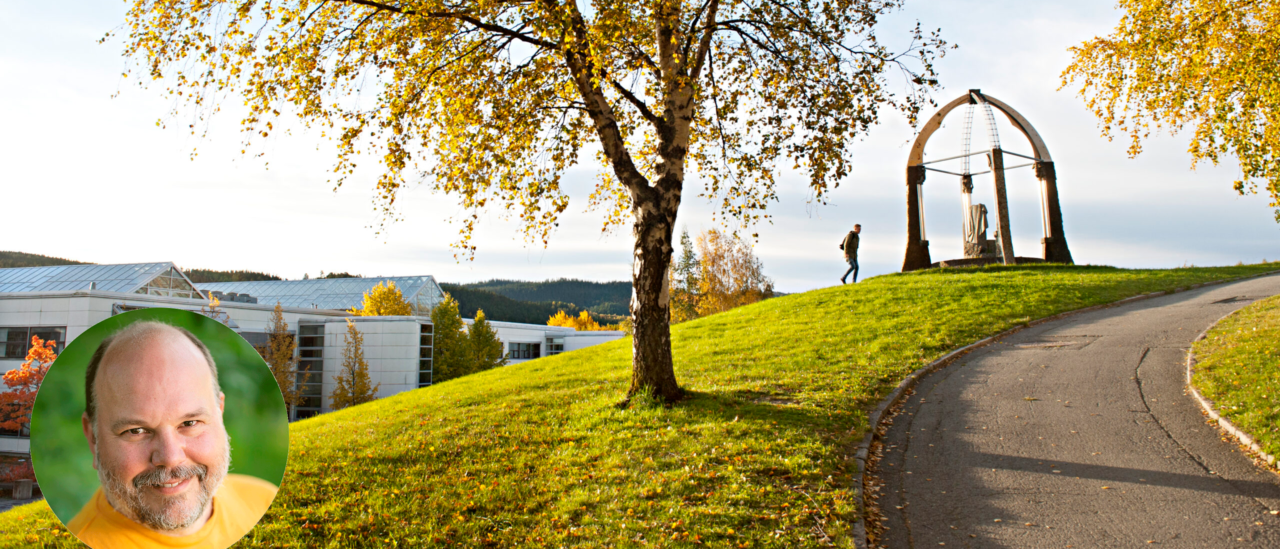
Greetings from ENCHANT’s project leader – October
Dear enchanted people,
It is time for another newsletter from ENCHANT and I would like to express my gratitude for that you are interested in the project and in energy efficiency more broadly. This newsletter’s topic is water and you might wonder what water and water use have to do with energy efficiency. However, before I share some of my thoughts about the relation between water and energy, I would like to give you an update on what happened in ENCHANT since the first newsletter was sent. We had busy but very productive months in the project, compiling what is known from the literature and other projects on energy efficiency and how it can be increased by interventions directed at individual households. This knowledge has been collected in deliverables 2.1 and 3.1.
Following that initial stage, we discussed extensively with our user partners, presented the results of the literature review to them, received extremely valuable and insightful input on how they operate and how they can imagine using these interventions in real life to meet hundreds of thousands of citizens around Europe. In this stage, we designed the specific interventions, designed the communication channels through which they will be provided, and made a plan for how and when to role them out in the different user cases we have. Now, the project is entering the most exciting stage, namely testing our excellent plans in reality and evaluating the effects with the greatest scientific rigor, while at the same time satisfying the needs of our user partners. As a coordinator of this exciting project, I am excited to enter this stage now.
However, back to the topic of this newsletter: Water and water use. The focus of ENCHANT is energy use and energy efficiency. Water use might not be the first thing that comes to ones mind when talking about energy. In fact, most of the interventions designed in ENCHANT will address other issues around energy efficiency like investments in energy efficient appliances, upgrading the insulation standard of ones dwelling, more energy efficient mobility, or saving electricity at home. However, some of the interventions face on saving water. Providing clean water is one of the most crucial public services that keep our societies healthy and going. In some European regions, providing water at all is a challenge, some islands for example lack access to sweat water and need to produce it from salt water through desalination – a process that is highly energy intensive. But even in regions where water seems to be available in abondance (like in Northern Europe where I live), cleaning the water and providing it to citizens as well as collecting waste water consumes substantial amounts of energy, which makes saving water and avoiding leakages an action of energy efficiency. On top of that comes the heating of water for showering for example. SO if saving cold water is already a contribution to saving energy, saving warm water is even more so.
I hope the different contributions in this newsletter inspire you to close the tap more often, to evaluate what you need clean water for (and what could for example achieved with rain water), and not the least to check the water system for leakages.
I wish you an enchanting read!
Christian A. Klöckner, coordinator of ENCHANT
